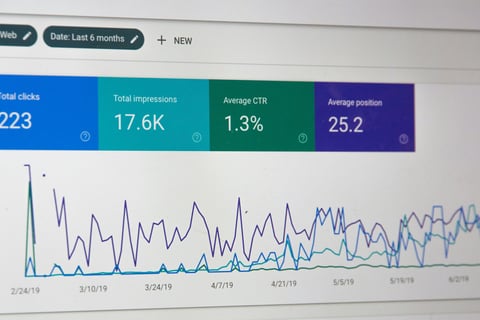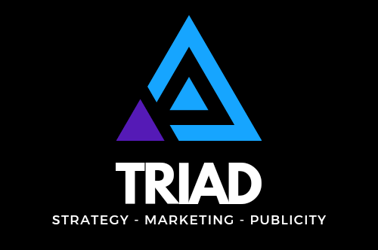Search Engine Marketing (SEM): How to Make the Most of It
The ultimate game-changer for businesses aiming for instant exposure in search results. SEM leverages paid advertising to position your brand right where potential customers are searching
DIGITAL ESTRATEGIESPROFESIONAL WEBSITEDIGITAL MARKETING


Search Engine Marketing (SEM) is a digital marketing strategy that leverages paid advertisements on search engines like Google to increase brand visibility and drive traffic to a website. Unlike SEO, which focuses on organic positioning, SEM delivers immediate results through highly targeted ad campaigns.
How Does It Work?
SEM operates through advertising platforms such as Google Ads, where businesses bid on relevant keywords to have their ads displayed in search results. It follows a pay-per-click (PPC) model, meaning advertisers pay only when users click on their ads.
When a user searches for a keyword that has been bid on, the system determines which ads to display based on several factors, including ad relevance, landing page quality, and bid amount. This allows businesses to reach their ideal audience with precise and compelling messaging.
Key SEM Tools
To manage SEM campaigns effectively, various tools can help with planning, execution, and optimization. Some of the most widely used include:
Google Ads – The most popular platform for search engine advertising, offering campaigns across search, display, YouTube, and more.
Microsoft Ads – Similar to Google Ads but tailored for the Bing search network.
Google Keyword Planner – Helps identify the most relevant keywords for a campaign.
SEMrush & Ahrefs – Advanced tools for competitor analysis, keyword research, and campaign optimization.
Google Analytics – Tracks campaign performance and provides valuable insights to refine strategies.
Is There Any Key Difference Between SEM and SEO?
While both aim to improve search engine visibility, they differ in several ways:
Speed of results – SEM provides instant visibility, whereas SEO is a long-term strategy.
Cost – SEM requires advertisers to pay for each click, while SEO involves content and technical optimization without direct ad spend.
Placement in search results – SEM ads appear at the top or bottom of search results, while SEO rankings are earned organically.
Strategy – SEM is ideal for short-term, high-impact campaigns, while SEO is essential for long-term brand authority and sustainable traffic.
When Should You Use It?
SEM is a powerful tool, but it’s not always the best option. Here are some scenarios where investing in SEM is highly effective:
Launching a new product or service – When a business needs quick visibility and traffic, paid ads can generate immediate awareness.
Highly competitive SEO landscape – If ranking organically is challenging due to high competition, SEM can help secure a prominent position without waiting months for SEO results.
Time-sensitive promotions and campaigns – For limited-time offers, discounts, or event promotions, SEM ensures maximum exposure in a short period.
Targeting a specific audience – SEM allows precise segmentation based on location, interests, devices, demographics, and more.
SEM is an effective strategy for driving traffic and conversions quickly, but its success depends on proper management and continuous optimization. Combining SEM with SEO can amplify results and establish a strong, long-term digital presence.






¡Únete a nuestras redes sociales, tenemos contenido interesante para tu negocio!
Síguenos
© 2024. All rights reserved.
